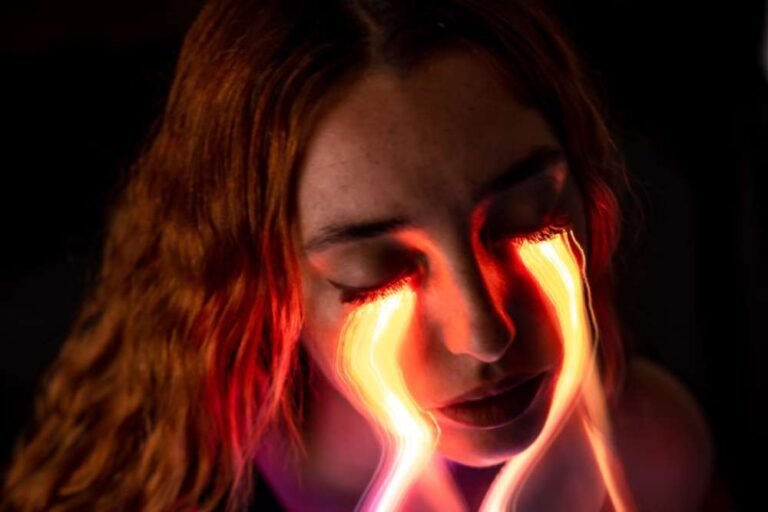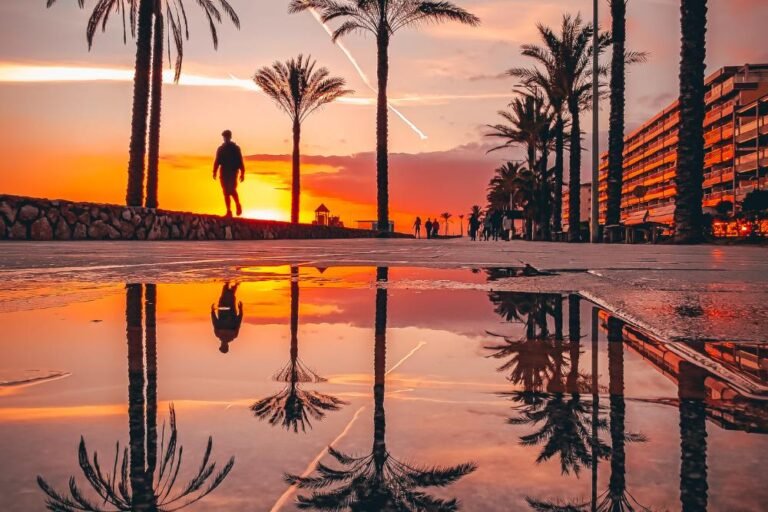Are you a passionate photographer looking to give your images a unique touch? Feeling overwhelmed by the wide variety of options and not sure which one to choose? Now you have a set of tools at your disposal to help transform your photos from good to spectacular.
In this guide, we’ll explore how to select the preset pack that best fits your photographic needs, so you can excel in any project and impress everyone with your creativity.
Understanding your photography needs
A preset pack is a collection of pre-configured settings for software like photo or video editors. It allows you to quickly apply specific effects and styles, improving consistency and efficiency in the editing process. It’s ideal for users looking for professional results.
When using presets in photography, make sure you understand your needs as well as your photography style. This will help you choose the ones that best align with your goals and skills. Here are a few steps to identify your style and experience level:
- Identify your photography style: Do you enjoy shooting landscapes, portraits, events, or something else? Each style has its own requirements when it comes to adjustments and designs.
- Evaluate your skills and experience: Are you a beginner, intermediate, or advanced in image editing? Answering these questions will help you determine what type of presets you need and what level of customization is right for you.
- The importance of a clear vision: Before choosing, you should have a clear idea of the approach and adjustments you want to achieve. This will help you select the right presets and avoid confusion.
In this regard, Koalitic Presets is a renowned figure in the audiovisual world. He develops numerous innovative photography projects and offers the opportunity to acquire exclusive, fascinating presets that can significantly enhance your photographic work.
Types of preset packs and their uses
There are presets for different photography styles and genres. Here are a few examples:
For landscapes
Focus on enhancing nature and environmental colors. These may include adjustments for contrast, saturation, and brightness to create a more dramatic effect.
For portraits
Aim to improve skin tones and details in images of people. Options often include skin smoothing, eye enhancement, and hair texture improvement.
For urban photography
Help create unique atmospheres and styles for city and building images. Contrast, saturation, and brightness adjustments contribute to a more dynamic effect.
Other specific presets
There are preset packs designed for various genres, such as night photography, weddings, food, and more. These are tailored to the specific needs of each style and may incorporate lighting, color, and texture adjustments.
Key features of a good preset pack
A good preset pack should have the following features:
- Color and tone adjustments: Look for a pack that includes precise adjustments for color and tone, as these are essential for image quality.
- Versatility and customization: Check that it’s versatile and allows adjustments to suit different lighting conditions and styles.
- Quality of adjustments: Not all presets are created equal. Look for packs with precise, non-aggressive specifications.
- Software compatibility: Make sure the presets you select are compatible with the software you use, such as Lightroom or Photoshop.
How to test and evaluate preset packs
To test and evaluate preset packs, follow these steps:
- Download free trial versions: Many presets offer free trial versions. Use these to test them before purchasing.
- Compare before and after: Use your own photos to compare the results before and after applying the presets.
- Adjust and modify: Don’t be afraid to tweak the preset values. You can adjust them to achieve the effect you want.
- Read user reviews and ratings: Check reviews and ratings from other users to get a clearer idea of the presets’ quality and versatility.
Creating your own presets: personalization and originality
Creating your own presets can be an effective way to personalize your images and develop a unique style. Here are some basic steps:
- Identify your needs: Determine what adjustments and styles you need for your images.
- Use editing software: Use your preferred editing software, such as Lightroom or Photoshop.
- Adjust the parameters: Modify the color, tone, and contrast settings to achieve the desired effect.
Having personalized presets offers multiple benefits. It gives you full control over adjustments and styles, allowing you to tailor every detail.
Additionally, it promotes originality, ensuring your images have a unique, distinctive style that stands out from those produced with generic presets.
In short, to develop a unique style, don’t be afraid to test and adjust your presets. Don’t limit yourself to just one style or setting. Instead, experiment with various options. This constant exploration will help you discover and develop your own distinctive style.








